Another Warners Bros. film, Dune: Part One follows the tradition of going all out in cinema. Primarily known for it’s DC Cinematic Universe, the studio also dominated the horror genre with The Conjuring Universe and various Stephen King films. With this resumé, Dune has some high expectations to meet.
Dune begins with an off screen monologue by Chani (Zendaya), a member of an alien race known as the Fremen, introducing the main conflict: the spice mining that takes place on the desert planet of Arrakis. It is explained that for years House Harkonnen, under the leadership of Baron Vladimir Harkonnen (Stellan Skarsgård) and his nephew Glossu Rabban (Dave Bautista), has ruled the planet, exploiting it’s natural resources and oppressing the Fremen.
House Atreides is ruled by Duke Leto Atreides (Oscar Isaac), as well as his concubine, Lady Jessica (Rebecca Ferguson). Jessica is a member of the Bene Gesserit, an all-female group who have trained for years to obtain superhuman power, and are waiting for a prophesied messiah, the male Kwisatz Haderach. Jessica believes, despite her order saying otherwise, that her and Leto’s son, Paul (Timothée Chalamet), the heir to House Atreides, may be the Kwisatz Haderach.
In the year 10191, the emperor orders the Harkonnen off Arrakis, creating upheaval, and commands House Atreides to take control of the planet, secretly hoping Harkonnen will revolt and eradicate Atreides with the help of the emperor’s Sardaukar army.
While Dune gives a great level of suspense to the viewer, it seriously underwhelms in terms of action sequences. The movie consists mostly of exposition and world building, which does make more sense when you think of it in terms of the beginning of a franchise, only covering the first half of the book, written by Frank Herbert in 1965.
Even with a lack of focus on action, the character building and storytelling in the movie is extensive, and, with its two hour and 35 minute run time, gives the viewer an in depth look into the personalities and struggles of the individual main characters, as well as the environment they are in.
However, the movie does waste the acting potential of its cast, by either underusing them or killing their characters off. For example, popular actors Dave Bautista and Zendaya were given very little screen time in the film. Their characters, though, do have a greater role in the second half of the novel, which will most likely carry over to the second half of the movie franchise.
The movie was made with very realistic visual effects, and each location was beautifully filmed. Each shot showed the nature of the locations, whether it be the calming tones of the Atreides home planet Caladan or capturing the imposing feeling that the characters feel when in the presence of the rulers of House Harkonnen.
So, while Dune: Part One does fail in terms of a standalone film, it must be seen as part of a much larger franchise to be truly appreciated. Dune: Part Two is scheduled to be released in Oct. 2023, and a TV prequel, called Dune: The Sisterhood, based on the Bene Gesserit, is currently being written.
The story was first introduced in 1964 as a novel written by Frank Herbert, and the original movie was made in 1984. The 2021 movie was received relatively well by professional critics, scoring an 8.2/10 0n IMDb and an 83% in Rotten Tomatoes‘ Tomatometer.
Dune was released in theaters on Oct. 22, and in HBO Max on Oct. 21, spending one month on the streaming platform. The film is set to re-release in certain IMAX theaters on Fri., Dec. 3.
To read another movie review written by The Feather, go to Pixar’s Soul Explores Life’s Big Questions, Leaves some Unanswered.
To read other articles written by The Feather, go to USAF vet Nyle Smith shares story with FCS students, Nov. 9 or Book Review: Beautiful Country.


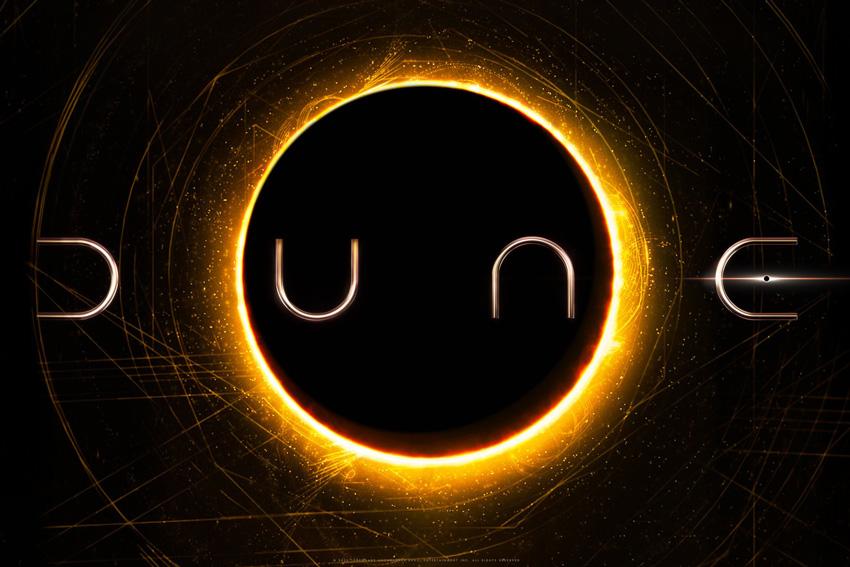

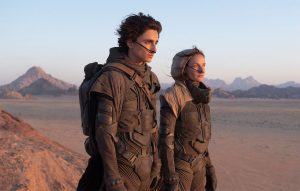

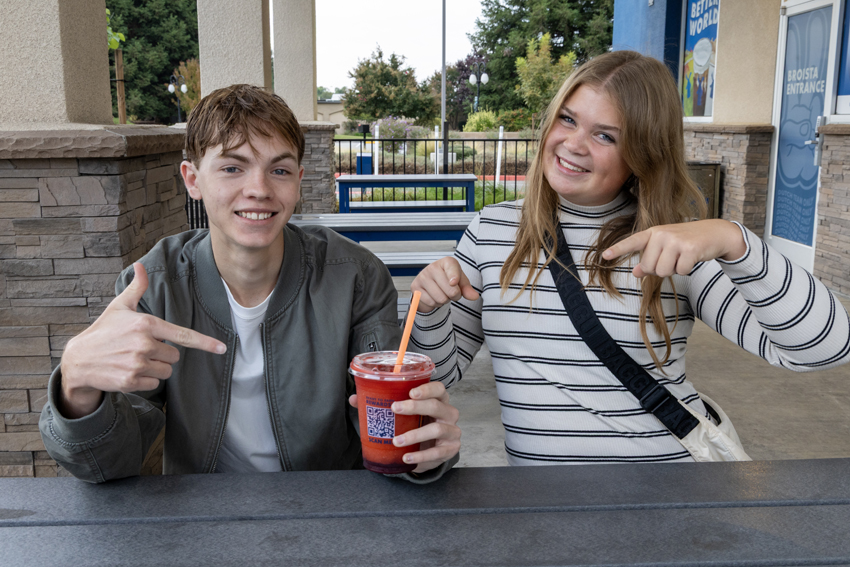

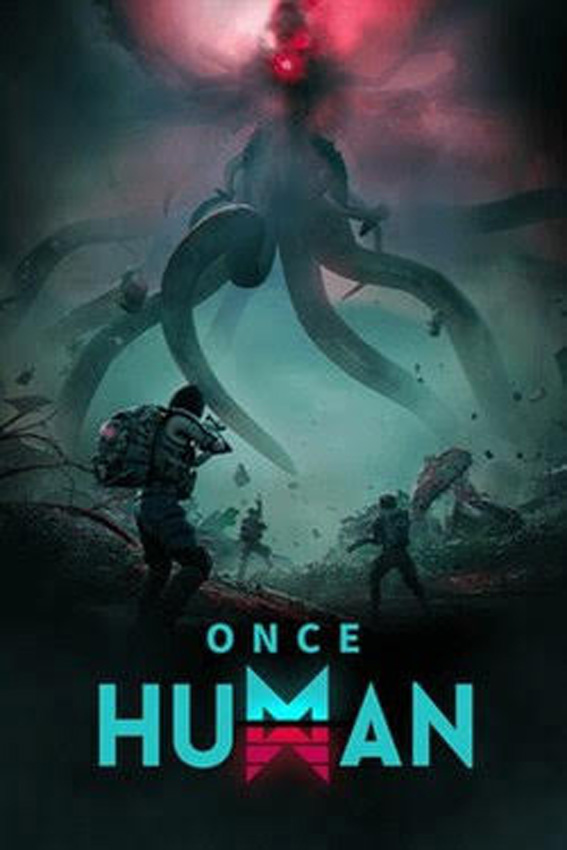
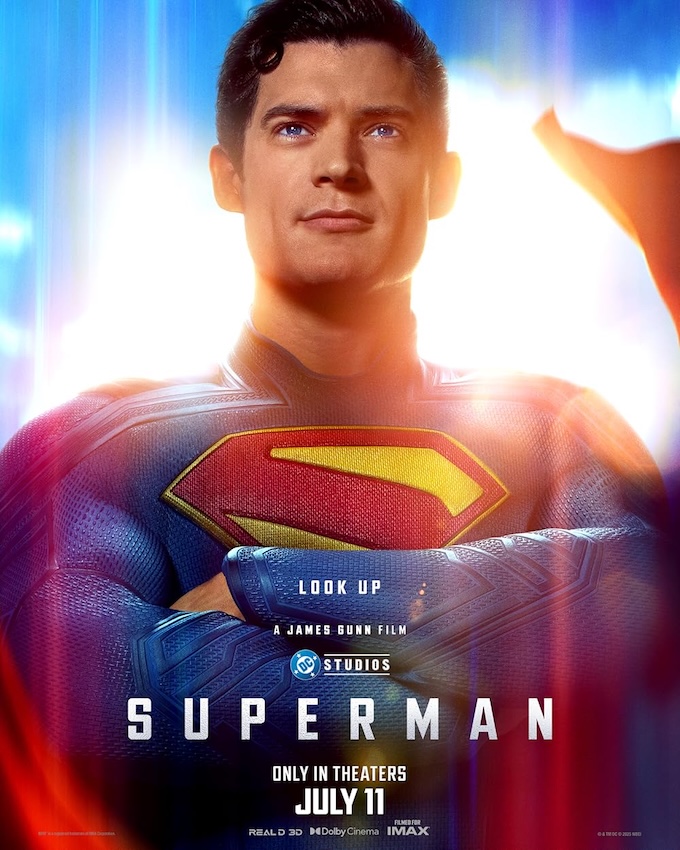

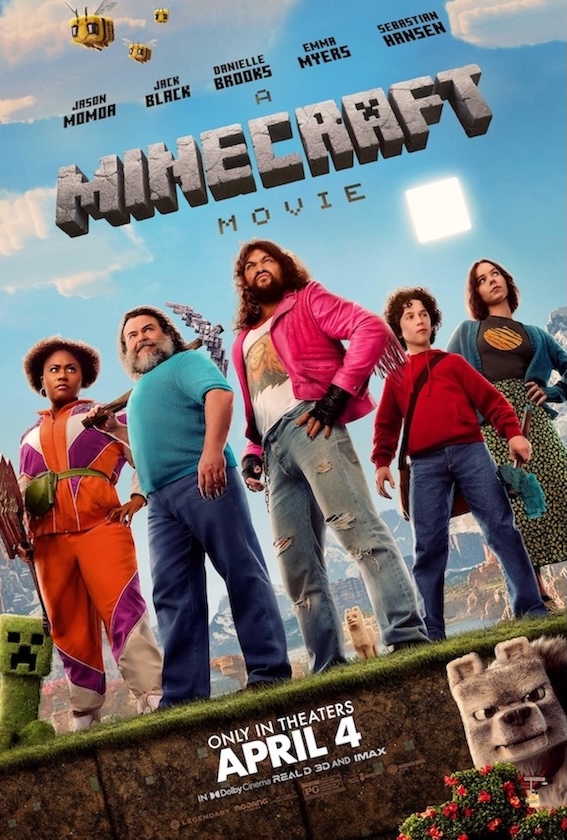
Emma Calderon • Dec 3, 2021 at 10:26 am
SO GOOD AMANDA! I LUV